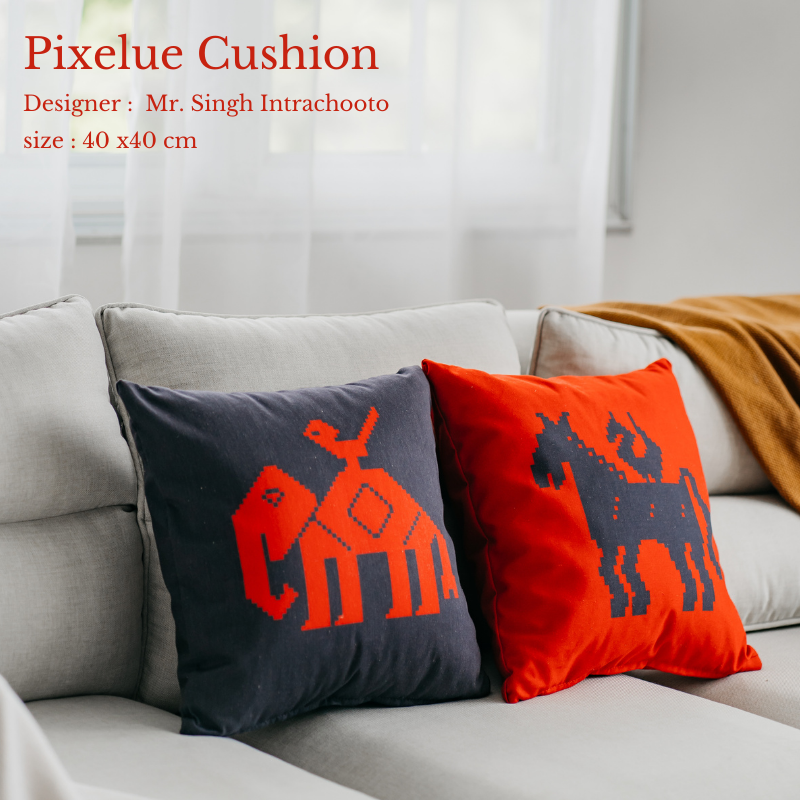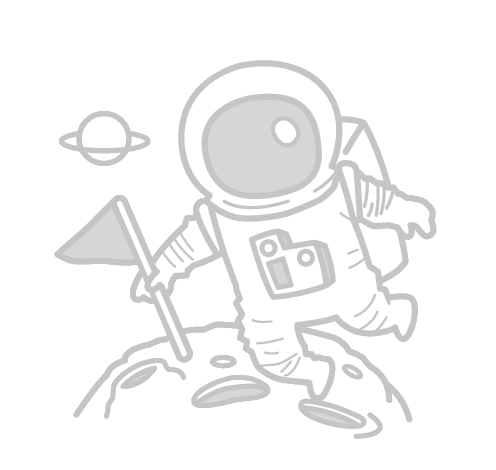
ปลอกหมอนอิง ลายพิกเซล ลื้อ ผ้าทอไทลื้อ ดีไซเนอร์ ดร.สิงห์ อินทรชูโต 40x40 cm สีดำ และแดง ทักเลือกสีทางแชทนะคะ
รหัสสินค้า SKU-00580
620.00 บาท
| จำนวนชิ้น | ส่วนลดต่อชิ้น | ราคาสุทธิต่อชิ้น |
| {{(typeof focus_pdata.price_list[idx+1] == 'undefined')?('≥ '+price_row.min_quantity):((price_row.min_quantity < (focus_pdata.price_list[idx+1].min_quantity - 1))?(price_row.min_quantity+' - '+(focus_pdata.price_list[idx+1].min_quantity - 1)):price_row.min_quantity)}} | {{number_format(((focus_pdata.price_old === null)?focus_pdata.price:focus_pdata.price_old) - price_row.price,2)}} บาท | {{number_format(price_row.price,2)}} บาท |
| คงเหลือ | 10 ใบ |
| จำนวน (ใบ) |
- +
|
|
ซื้อเลย หยิบลงตะกร้า ซื้อเลย หยิบลงตะกร้า คุณมีสินค้าชิ้นนี้ในตะกร้า 0 ใบ
|
|
|
|
|
| คุยกับร้านค้า | |
| {{ size_chart_name }} |
|
| หมวดหมู่ | The Tribal Project ชนเผ่าเล่าคราฟต์ |
| สภาพ | สินค้าใหม่ |
| เพิ่มเติม | งานสั่งทำค่ะ รอนานนิดนึง |
| สภาพ | สินค้ามือสอง |
| เกรด | |
| สถานะสินค้า | |
| ระยะเวลาจัดเตรียมสินค้า | |
| เข้าร่วมโปรโมชั่น | |
| ช่องทางชำระเงิน |  |
คะแนนจากผู้ซื้อ

ปลอกหมอนอิง ลายพิกเซล ลื้อ ผ้าทอไทลื้อ ดีไซเนอร์ ดร.สิงห์ อินทรชูโต 40x40 cm สีดำ และแดง ทักเลือกสีทางแชทนะคะ
มาเป็นคนแรกที่รีวิวพรีเมี่ยมสินค้านี้
รายละเอียดครบ
(รอ)
ตรงกับหน้าเว็บ
(รอ)
ราคาคุ้มค่า
(รอ)
คุณภาพสินค้า
(รอ)
รายละเอียดสินค้า
ขณะนี้ร้านค้าเปลี่ยนมาใช้ระบบรับชำระเงินผ่าน LnwPay กรุณาตรวจสอบข้อมูลวิธีการชำระเงินใหม่อีกครั้ง รายละเอียดเพิ่มเติม
ช่องทางชำระเงิน
ติดต่อ / สอบถาม
**กรุณาเลือกช่องทางติดต่อตามข้อสงสัยของคุณ ในกรณีที่คุณไม่สามารถติดต่อเจ้าของร้านได้ สามารถติดต่อมายังทีมงาน LnwPay แล้วเราจะช่วยเหลือคุณจนถึงที่สุด
ติดต่อเจ้าของร้าน
เรื่องที่ติดต่อผ่านร้านค้า
- รายละเอียดสินค้า
- สต๊อกสินค้า
- ระยะเวลาการจัดส่ง

unna_p@yahoo.com
รีวิวผู้ซื้อ

มาเป็นคนแรกที่รีวิวพรีเมี่ยมสินค้านี้ให้คนอื่นรับรู้ แถมรับคะแนนสะสม LnwPoints ใช้เป็นส่วนลดในการสั่งซื้อครั้งต่อไป
สินค้าที่เกี่ยวข้อง
Recently viewed
 Unna Thailand Souvenirs
Unna Thailand Souvenirs
{{is_joined?'เป็นสมาชิกแล้ว':'Join เป็นสมาชิกร้าน'}}
5
สมัครสมาชิกร้านนี้ เพื่อรับสิทธิพิเศษ
ร้านค้าออนไลน์
Inspired by
LnwShop.com (v2)
▲
▼
รายการสั่งซื้อของฉัน
รายการสั่งซื้อของฉัน
ข้อมูลร้านค้านี้

Unna Thailand Souvenirs
ร้านนี้ตั้งใจสนับสนุนสินค้างานชนเผ่า งานชาวเขา ซึ่งเป็นงานฝีมือ งาน handmade เพื่อเป็นของสะสม ชื่นชม และได้เรียนรู้ ถึงคุณค่างานฝีมืออัตลักษณ์ชนเผ่าชาติพันธุ์ และพยายามสนับสนุนสินค้าหัตกรรมที่แสดงความเป็นไทย เพื่อเป็น ของฝาก ของที่ระลึก ให้ชาวต่างชาติ เผยแพร่วัฒนธรรมไทย
ส่งข้อความติดต่อร้าน
เกี่ยวกับร้านค้านี้
ค้นหาสินค้าในร้านนี้
ค้นหาสินค้า
สินค้าที่ดูล่าสุด
บันทึกเป็นร้านโปรด
Join เป็นสมาชิกร้าน
แชร์หน้านี้
แชร์หน้านี้
↑
TOP เลื่อนขึ้นบนสุด
TOP เลื่อนขึ้นบนสุด
คุณมีสินค้า 0 ชิ้นในตะกร้า สั่งซื้อทันที
สินค้าในตะกร้า ({{total_num}} รายการ)

ขออภัย ขณะนี้ยังไม่มีสินค้าในตะกร้า
ราคาสินค้าทั้งหมด
฿ {{price_format(total_price)}}
- ฿ {{price_format(discount.price)}}
ราคาสินค้าทั้งหมด
{{total_quantity}} ชิ้น
฿ {{price_format(after_product_price)}}
ราคาไม่รวมค่าจัดส่ง
➜ เลือกซื้อสินค้าเพิ่ม









